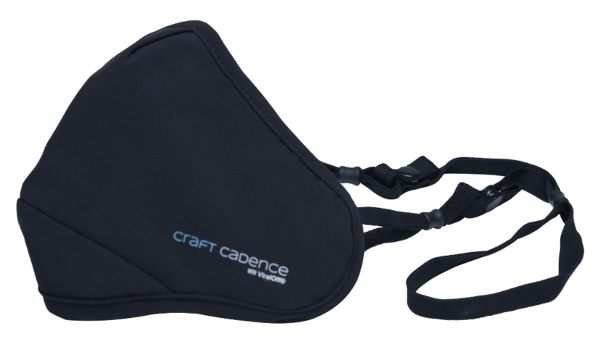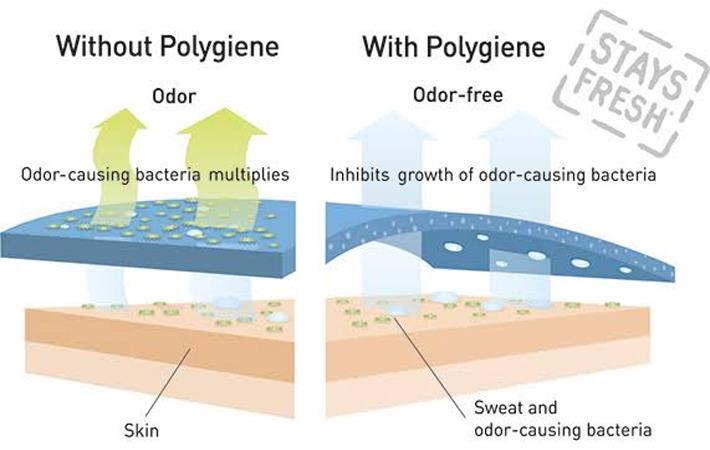There are many kinds of masks for air pollution protection (Totobobo, Respro, Vogmask, 3M N95 ...) available on the market. We are in no way affiliated to any of the mask producers, but here are some of our favorites that we could recommend:
3M™ N95 Respirators

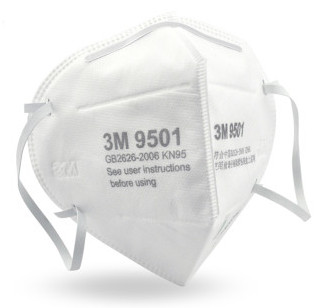
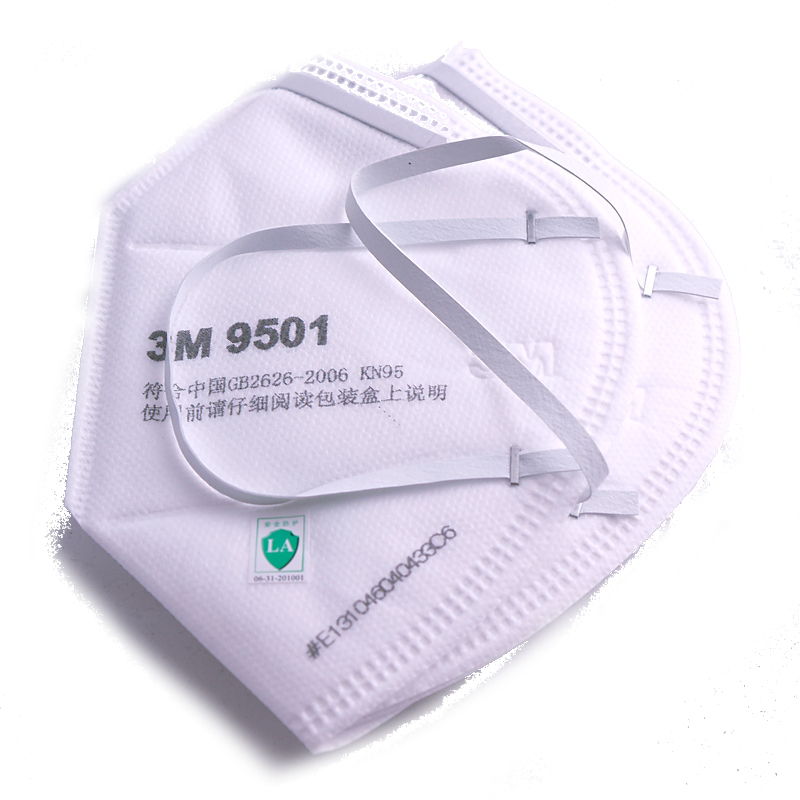
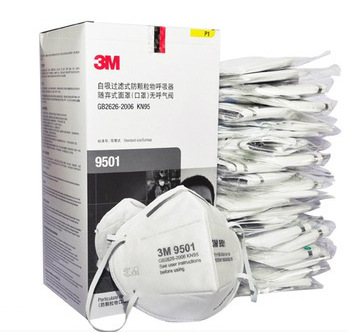
The most common and affordable mask are known that the 3M N95 masks (picture above is for the 3M 9501 model). Despite being very affordable (5 to 6 RMB a piece), the 3M N95 are always among the top performing masks for Particulate Matter (i.e. PM2.5 Air Pollution). One of the great advantage for the 9501 model is to be foldable, so that you can always take one with you without it taking much space. And if you forgot to take One, you can also get this mask from any convenience store in China (like 7-Eleven).
The "N95" label stands for the mask ability to filter out at least 95% of airborne particles larger than 0.3 microns (for reference, PM2.5 particles are 2.5 microns). From all the test result, N95 is good enough for filtering most of the PM2.5 particles, but sensitive persons can consider using N99 version of those masks (N99 stands for filtering more the 99% of airborne particles). Note that a similar mask, with model number 9001 is also commonly available and corresponds to N90 filtration standard.Note that to be really efficient, those masks should be used and worn properly to ensure a good "fit" with the face. You can refer to this page from Singapore government from a simple but good explanation on wearing N95 masks. Other more complete explanations are also available from the Centers for Disease Control and Prevention of the U.S. Department of Health & Human Services.
--
3M™ Aura™ Particulate Respirators
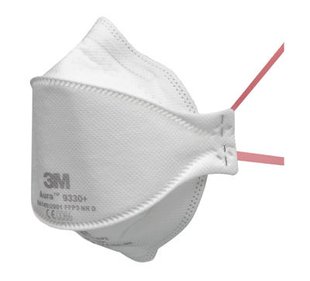
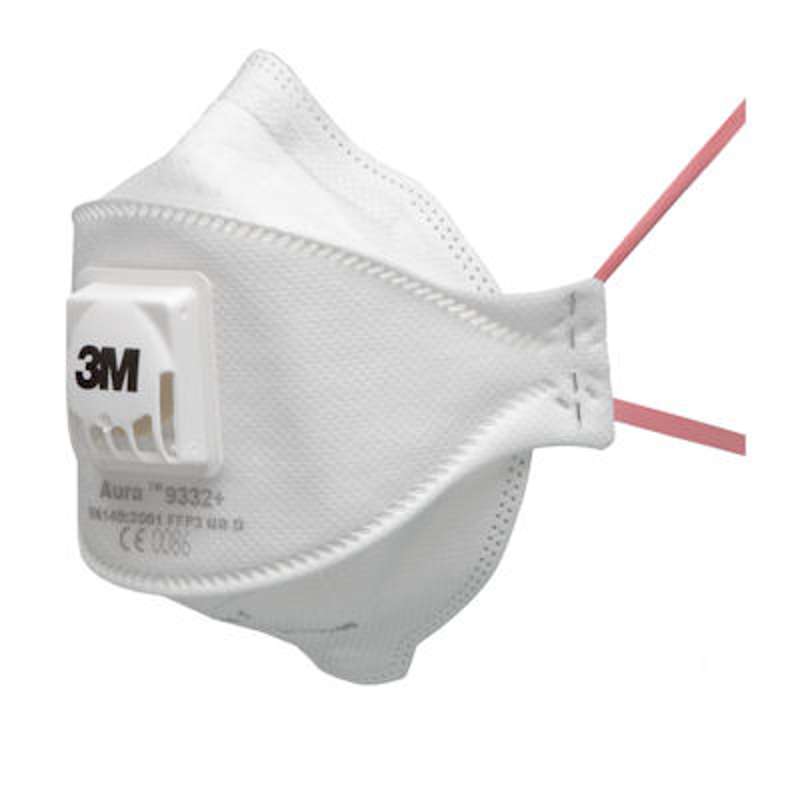

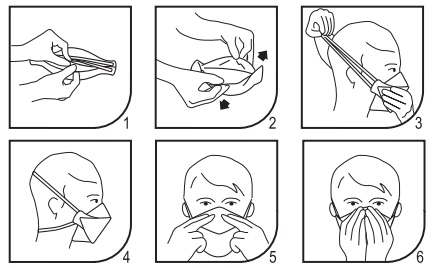
For those with a bit more budget and still interrested in the 3M masks, the Aura™ 93xx series is a very good option. The cost is a bit higher (33 RMB for 1 piece for the premimum 9332 model, while it is 29 RMB for 5 pcs for the previous 9501).
Half of the models (93x2) come with an exhaust valve (branded as Cool Flow™), which offers improved comfort, especially for those having difficulty to breath comfortably while wearing the masks. There are also 3 levels of filtration performance (FFP1, FFP2 and FFP3). The N95 standard is almost similar to FFP2 and the N99 to FFP3 ( see wikipedia for the full explanation).--
Totobobo™ Hightech Anti-Pollution Masks
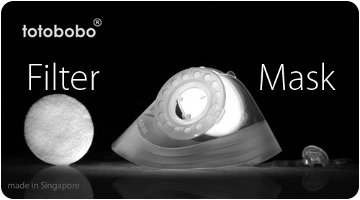
Totobobo™ is a professional Singapore company manufacturing their own masks since 2003. There design and concept is really unique, making it very useful for those on the move.
There has been some recent studies showing that totobobo fit test does not perform as well as other brands: When wearing a mask (even the 3M N95), fit molding is an essential step to ensure that there are no unfiltered air flow. And this fit moudling is both the strength and weakness of totobo. On one side, totobo has a unique heat moudling solution - that no other mask have, but if this step is not done corretly, then the fit test won't be good. For more information, check totobobo's blog--
Respro® Pollution Masks
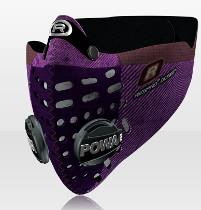 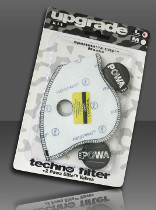 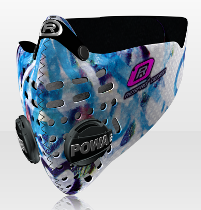 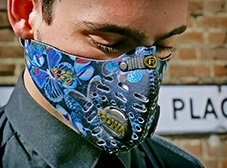 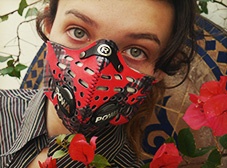 | |
The Respro® Masks have been on the market for many years, and are especially suitable in the "urban sports environment", i.e. when biking in the city and having to get through heavy traffic where cars are the source of pollution (especially those diesel cars...).
The mask come with two valves for an easier breathing, as well as with replacable filters. The filter life span is said to be 69 hours, so assuming that you bike 1 hour every day, that's 3 month use for one filter - not so bad.
The mask itself is made of Neoprene, which has the advantage of being resiliently stretchable, as well as beeing adaptable to varying facial features, thus ensuring a good sealing around the face - and therefore a good "fit".
--
Cambridge Masks Co
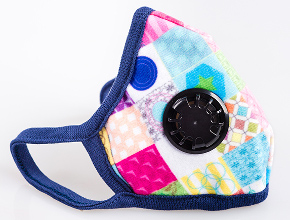

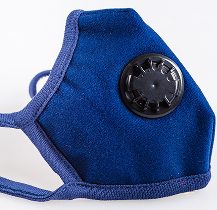
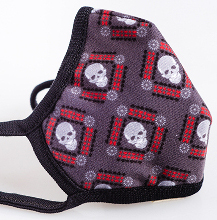

Cambridge Masks is a new commer in the mask market, but with the huge advantage of beeing lead by Christopher Dobbing, who was previously working for distributing Vogmask in Asia.
In terms of filtration efficiency, the Cambridge Masks are using a unique "carbon technology developed by the UK Ministry of Defence and used by the military for protection against chemical, nuclear and biological hazards", which gives the mask a 99% filtration efficiency for PM2.5 particules.
Furthermore, the mask is also able to filter viruses and bacteria (with an efficiency >99%). This virus and bacteria protection is achieved by adding a special silver coating layer on the mask inner protection layer.--
Craft Cadence Nanofiber mask
Craft Cadence is originaly a London based company selling products for bikes. They also developped their own mask, which is really special in that the nanofiber technology used in the masks means that masks are rewashable without losing significant filtration efficiency, unlike traditional melt blown mask filters.
They've also partnered with the Swedish company Polygiene to produce the world's first N99 rated reusable mask with anti virus and anti odour technology that reduces viruses by 99% within 2 hours and removes odour from the build up of sweat and bacteria.--
Vogmask™ N99 CV (Carbon Layer / Exhaust Valve)
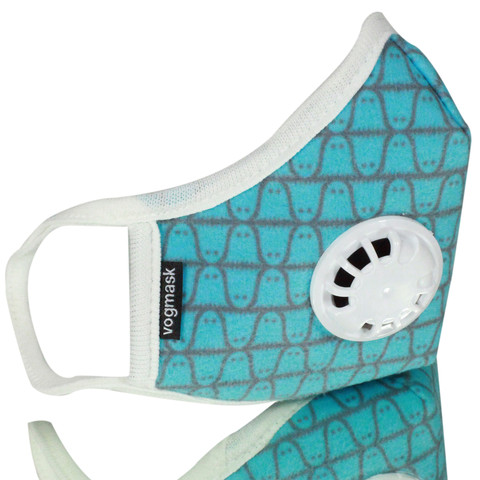

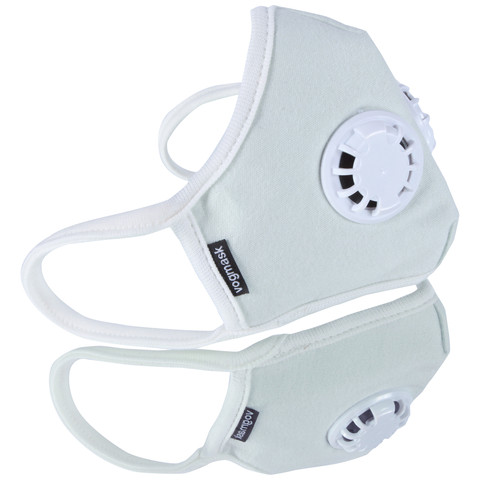

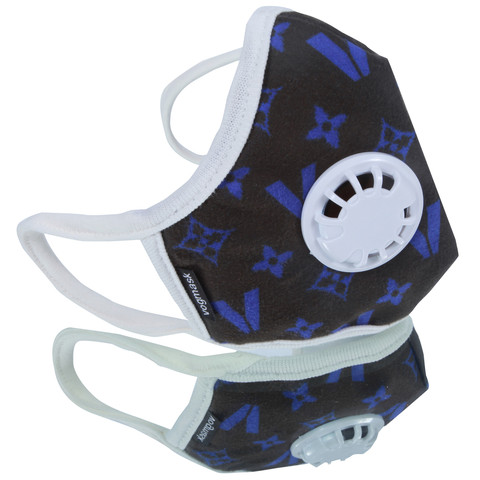
Last, but not the least, Vogmask™ is a trendy mask. From a filtration point of view, it uses microfiber filtration fabric to provide an N99 rating. Half of the models come with a valve, similar to the 3M Cool Flow, for improved comfort.
--
--

